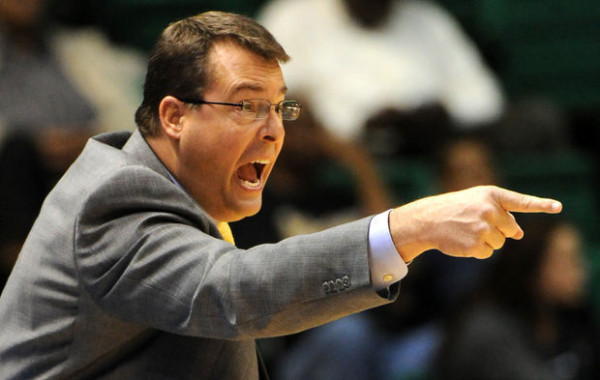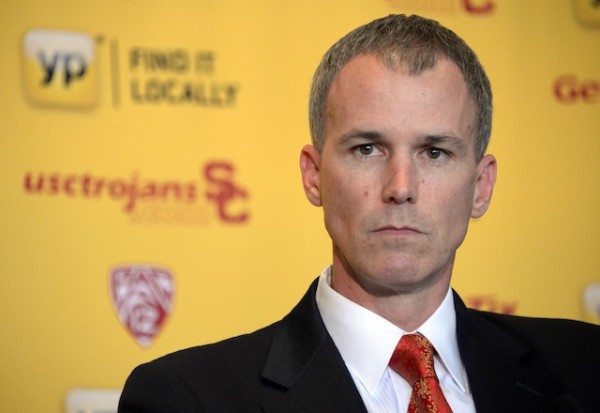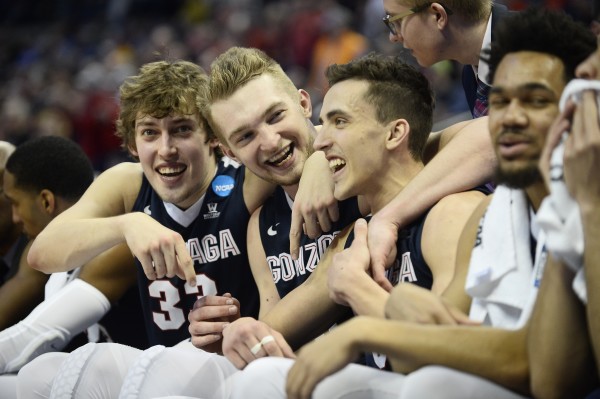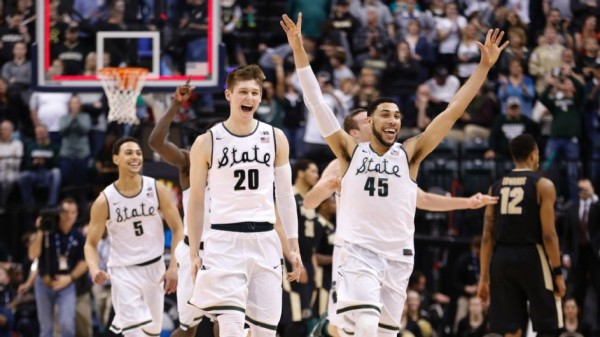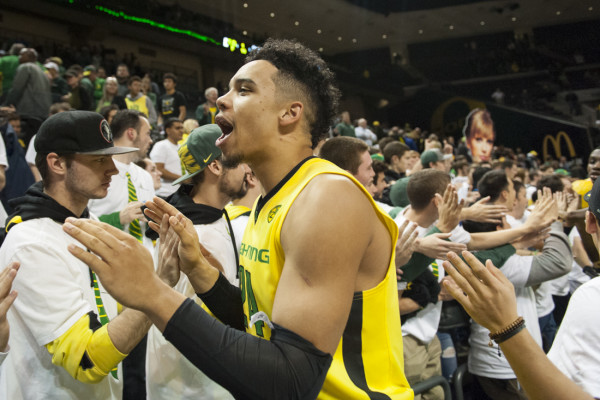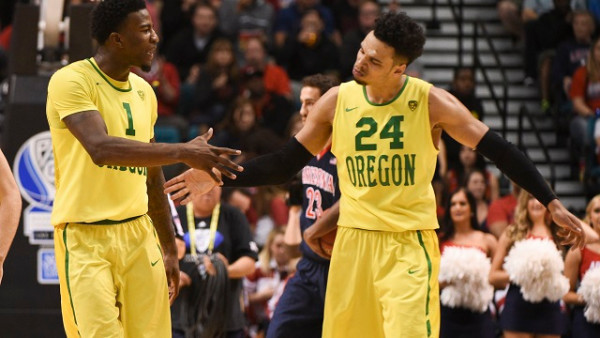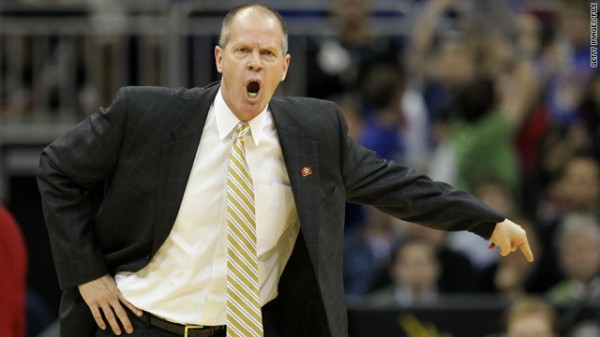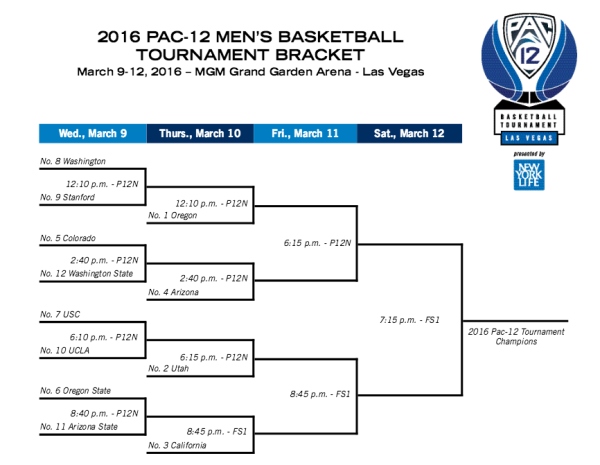Pac-12 Postseason Odds and Ends
Posted by Mike Lemaire on April 1st, 2016The college basketball season isn’t quite over yet but the page has already turned for the Pac-12. Once Oregon was rudely bounced from the tournament by Oklahoma last weekend, it was time for the always exciting period when coaches are hired and fired, players declare for the NBA Draft, and some others decide on a change of scenery. The Pac-12 has been full of these changes in the past two weeks — from Stanford hiring a new coach to Washington’s precocious freshmen hiring agents to a multitude of players transferring — there’s been a lot of action.
Let’s break down some of the moves that have already been announced and what they mean for their respective teams.
Stanford isn’t the can’t-miss job that many think it is, but it still feels like the Cardinal reached in its replacement of Johnny Dawkins. Haase came up as an assistant to Roy Williams and made headlines when his team at UAB beat Iowa State last season, but he has only been to the NCAA Tournament once and his three seasons of 20+ wins are as much a result of Conference USA being awful as his coaching prowess. Furthermore, advanced statistics have not been impressed with the Blazers at all despite their several-year win totals. The former Cal graduate and Bay Area native will bring energy and excitement to the Stanford program, but the jury is out on whether he can coach at this level.
Dejounte Murray and Marquese Chriss Declare for NBA Draft
It isn’t surprising that Murray and Chriss have decided to test the waters after excellent freshman seasons at Washington. It also wouldn’t have been surprising if they had decided to stay in the draft after gathering enough information. What is surprising is that both signed with agents almost immediately, effectively ending their college careers before March was even finished. Both players have a shot at at the lottery, which will mean that their decisions are probably good ones. But Washington could have been poised for a special season next year with the duo back in Seattle. Now, Lorenzo Romar’s rebuilding project looks to be moving a bit slower now.





























